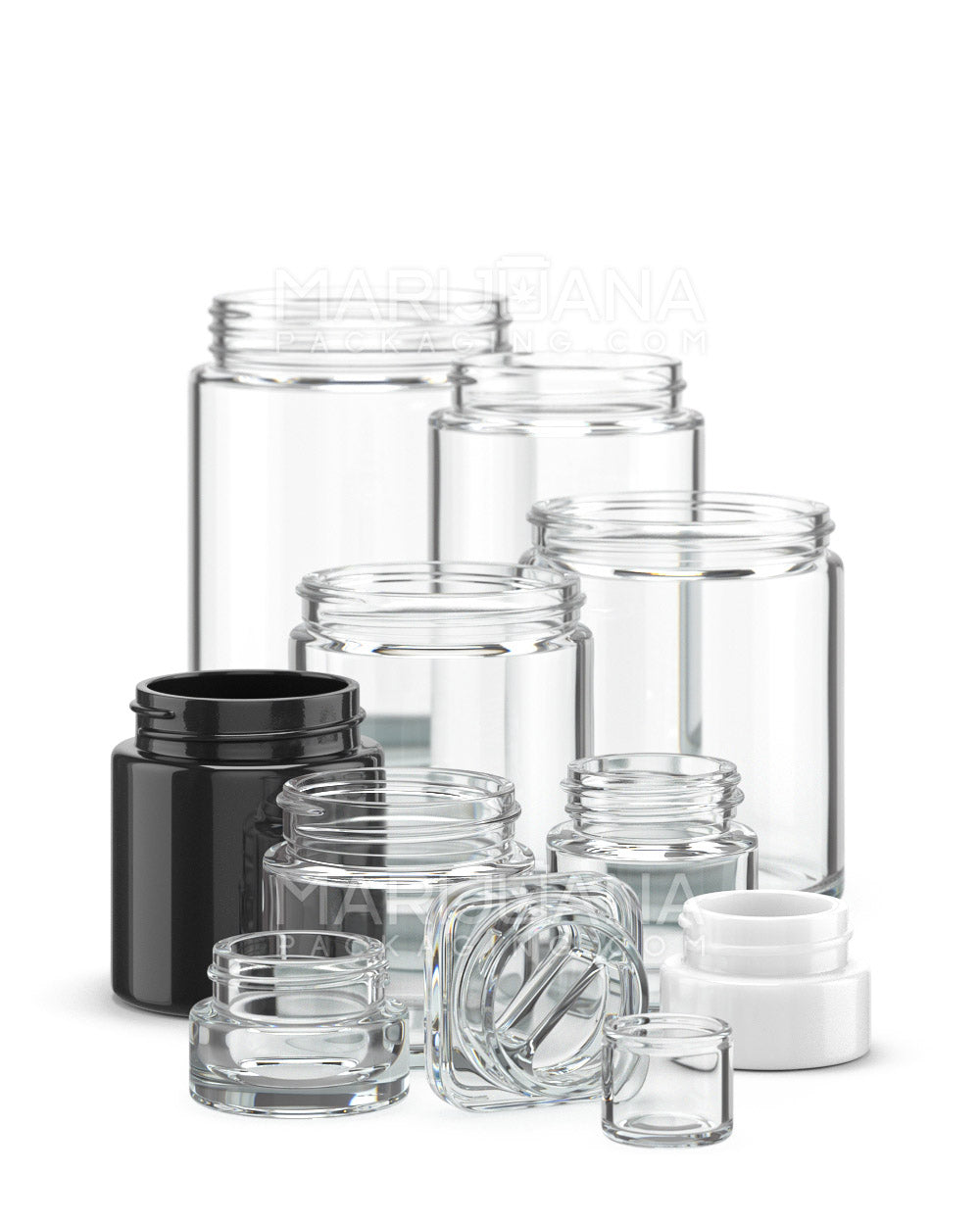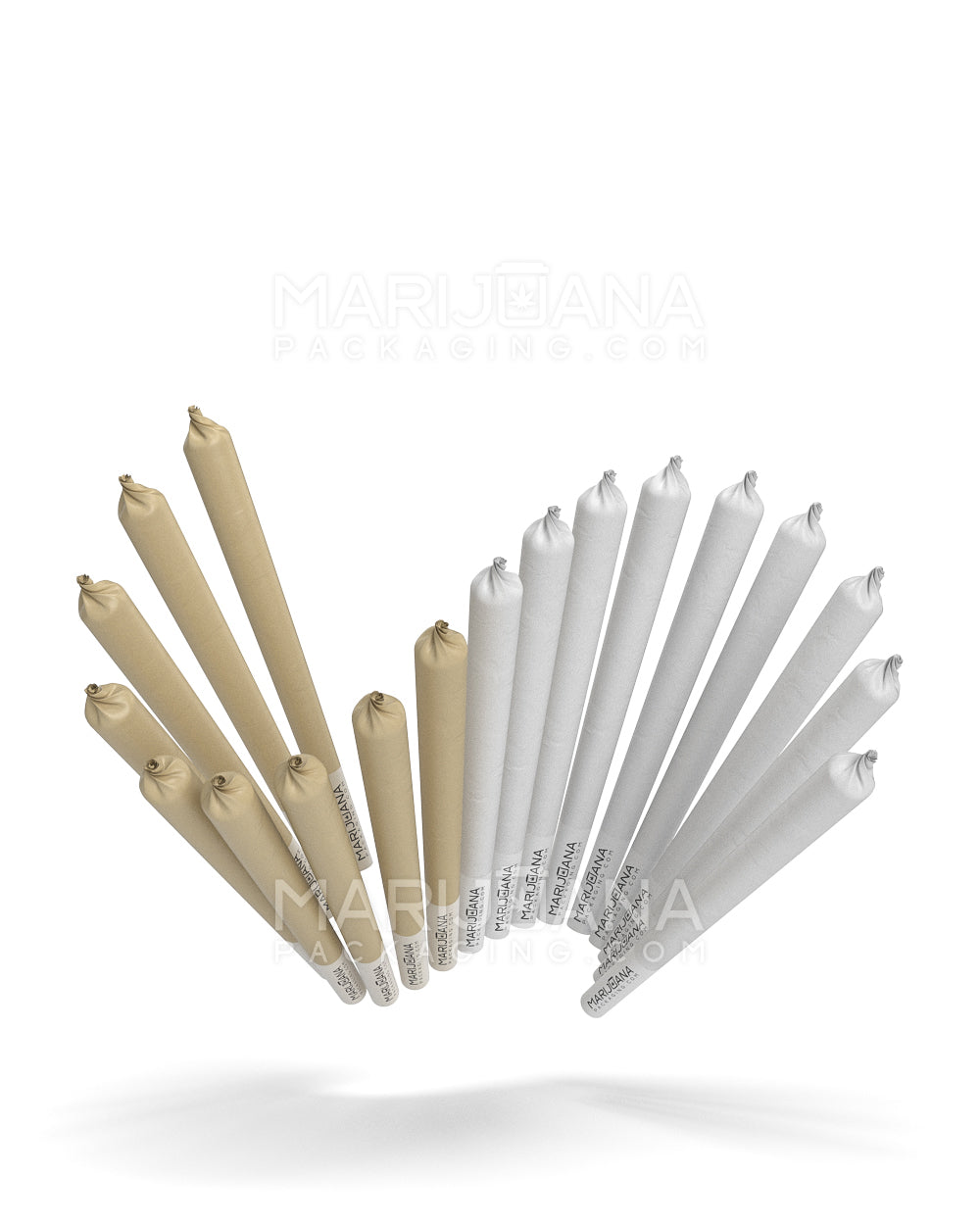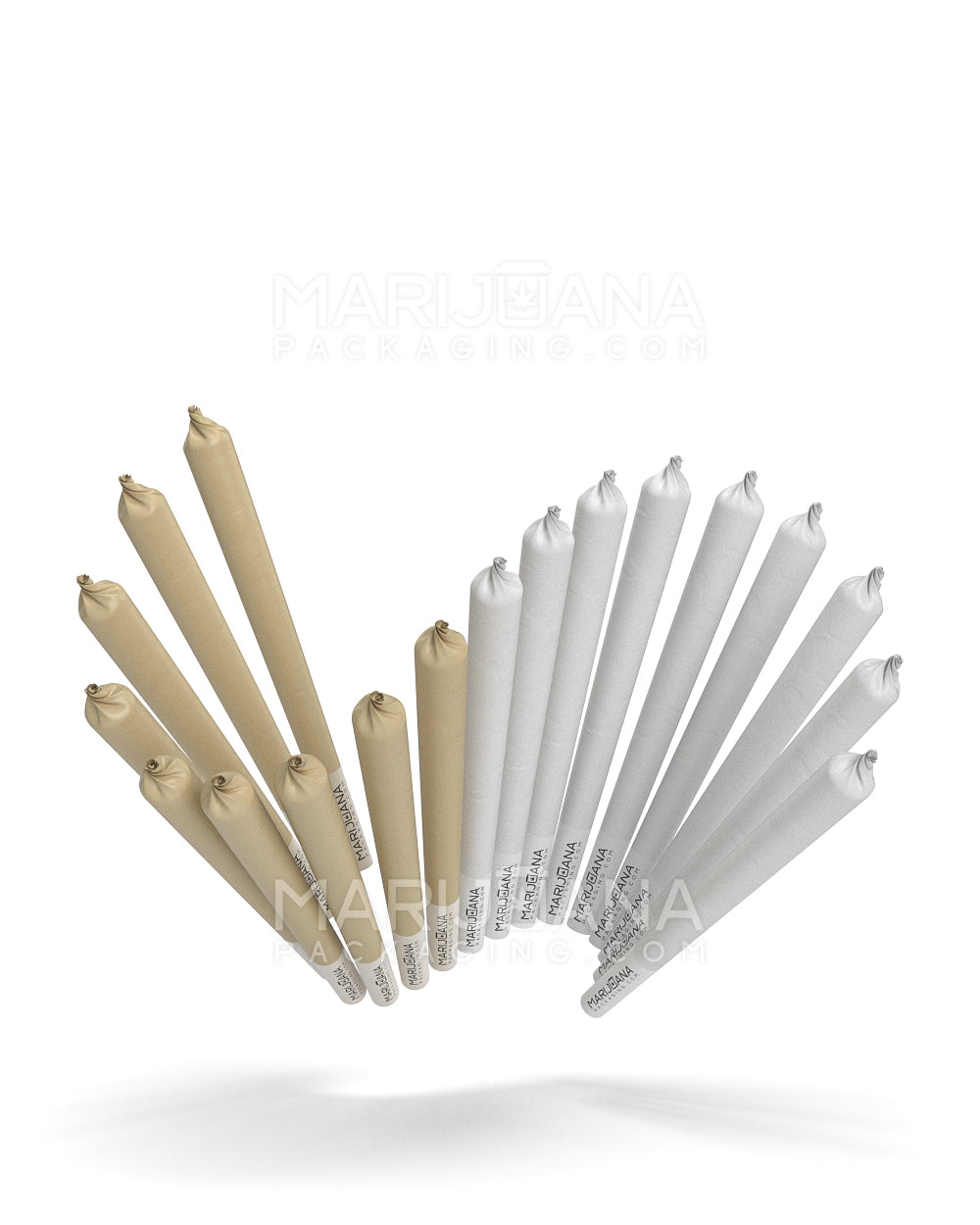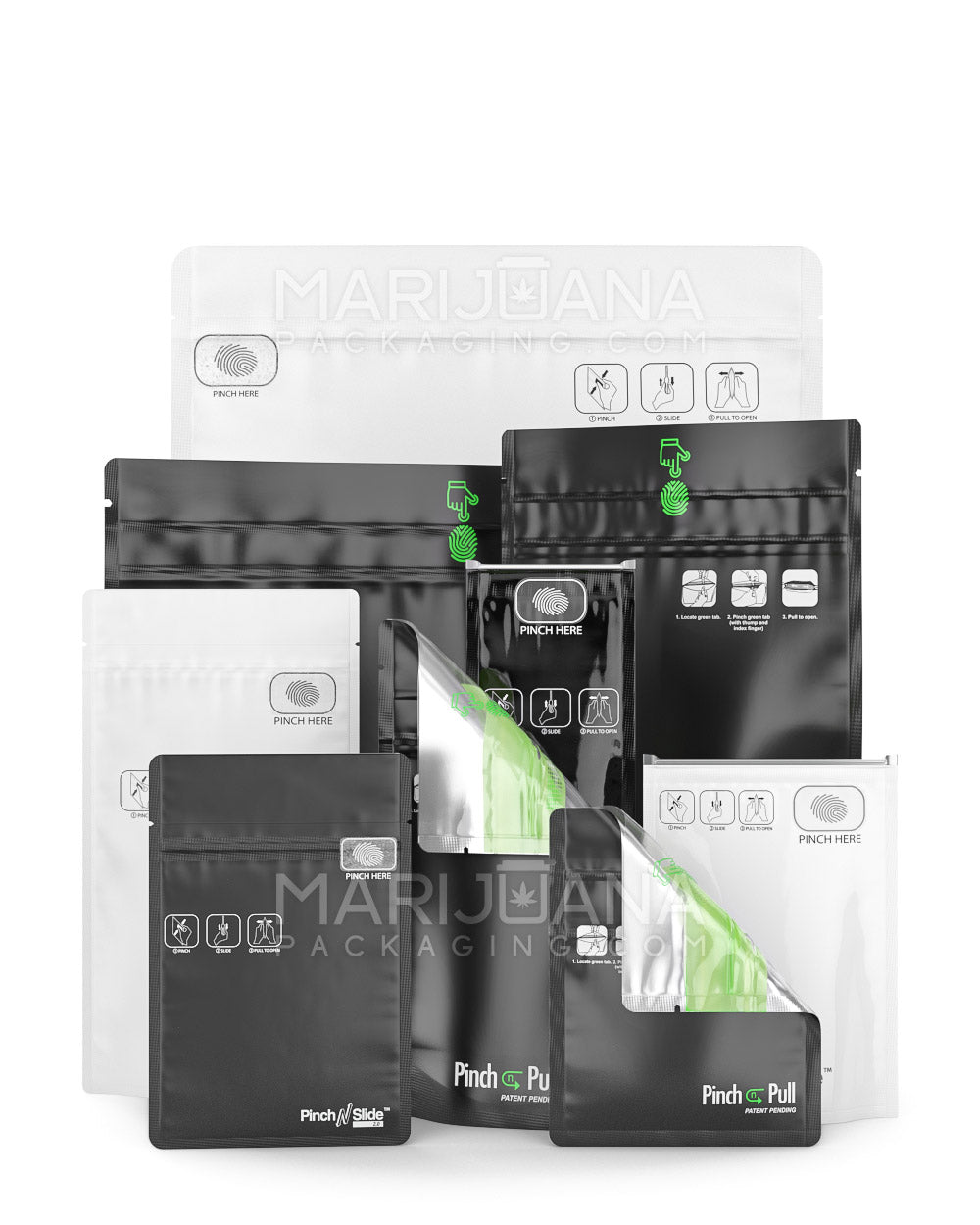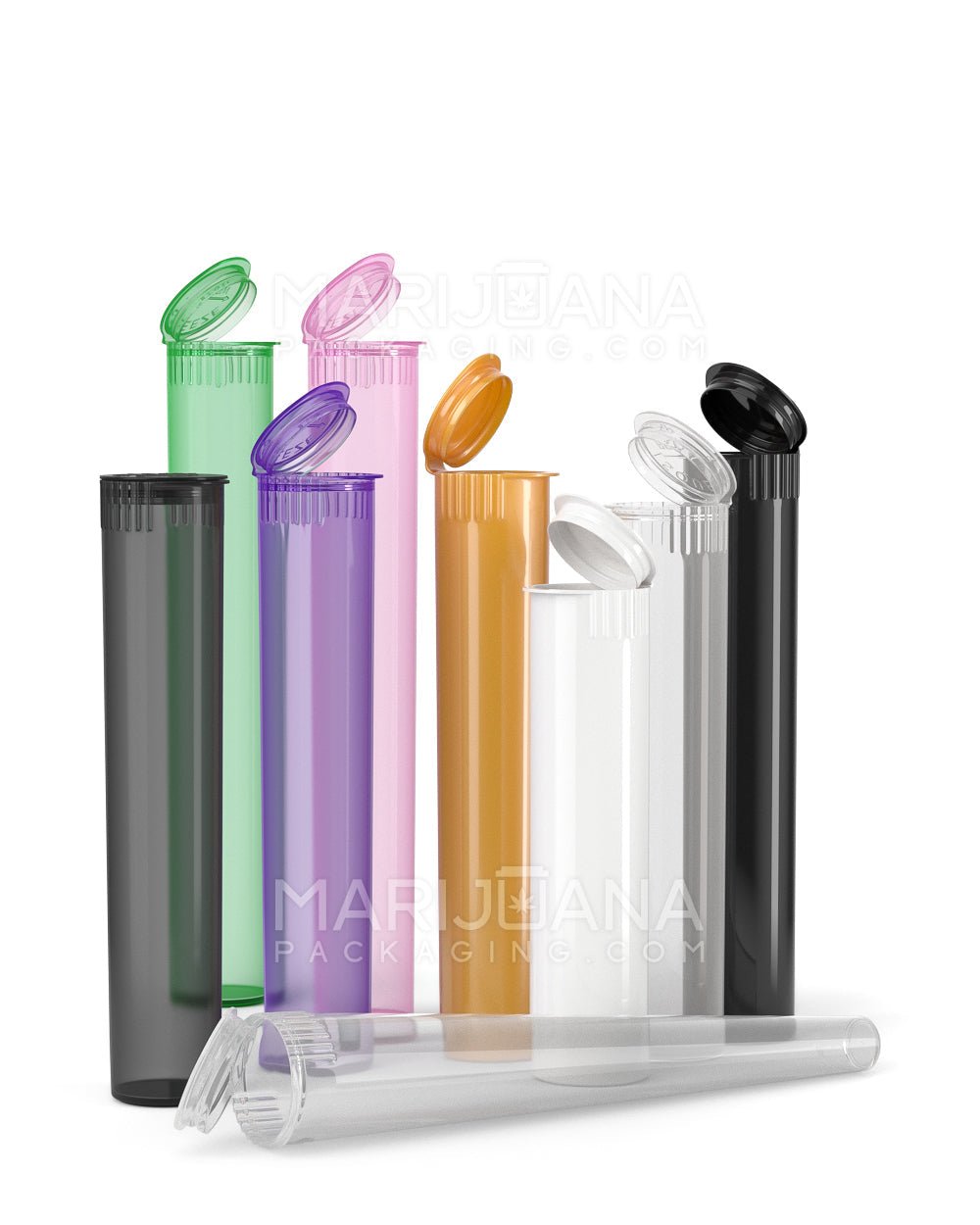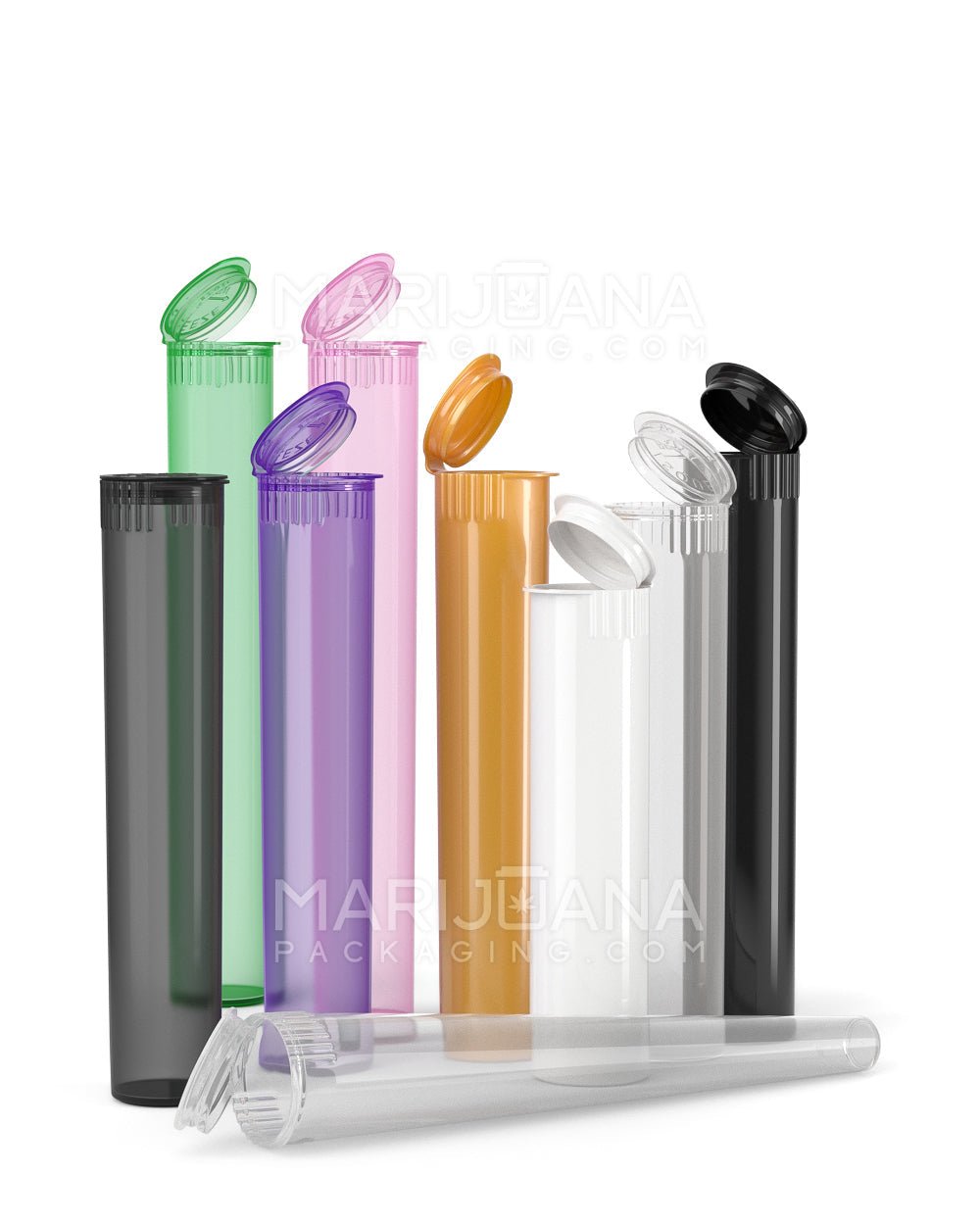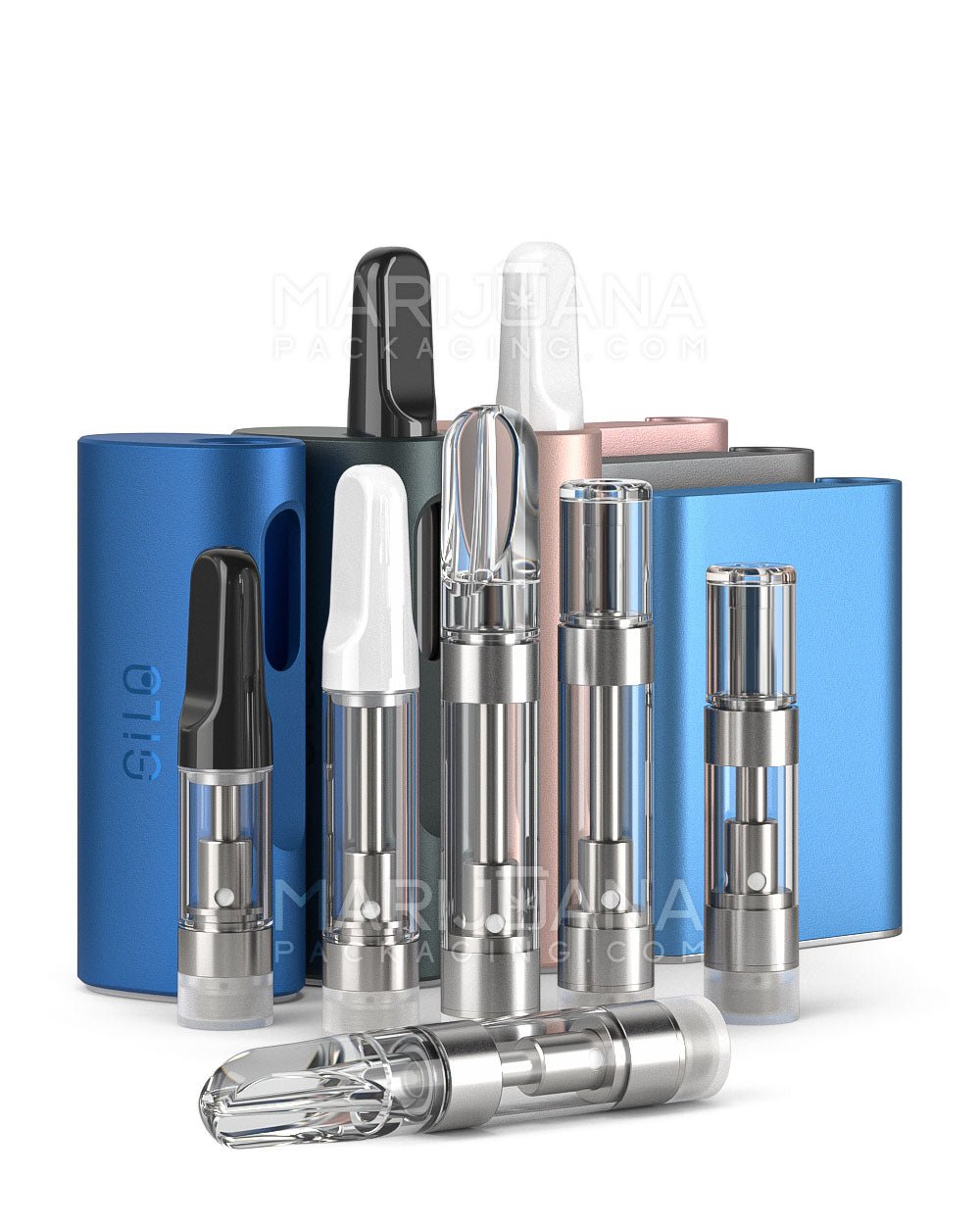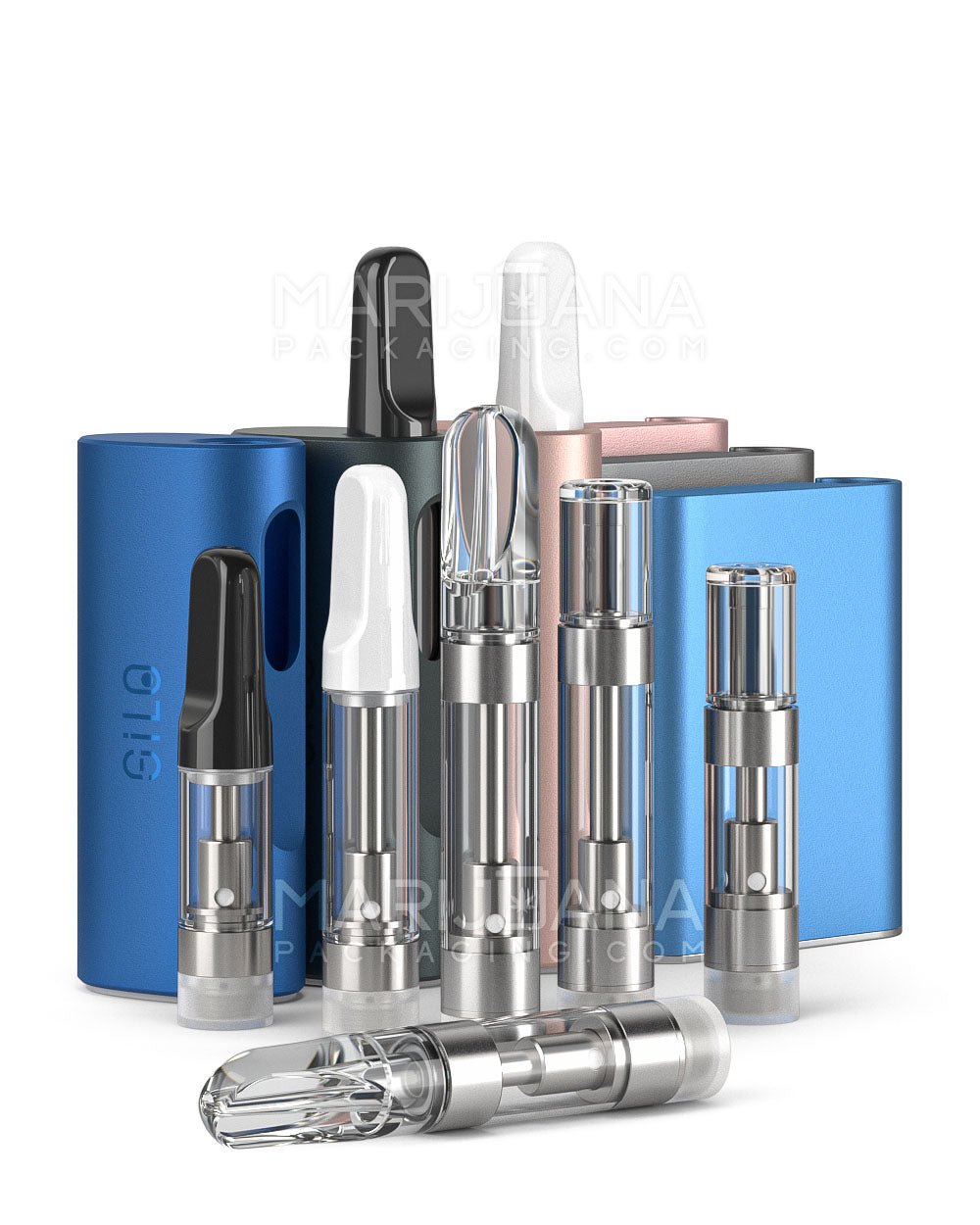Pre-rolled cones have revolutionized the way many cannabis enthusiasts enjoy their favorite strains. These ready-to-go papers are perfect for anyone who wants the ease of a joint without the hassle of rolling. But have you ever wondered how these cones come to be? Let's walk through the fascinating process of crafting these popular smoking accessories.
The Basics of Pre-Rolled Cones
Pre-rolled cones are essentially rolling papers that come pre-shaped into a cone with a built-in filter. This design simplifies the process of filling and smoking, making it accessible for both newbies and seasoned smokers. Here's a quick rundown of what makes a typical pre-rolled cone:
- Material: Most cones are made from plant-based fibers, often hemp or rice paper. The goal is to ensure a slow and even burn.
- Filter: A small piece of rolled-up cardboard or paper is inserted to serve as a filter.
- Size: They come in various sizes, with king-size and 1 1/4 being among the most popular.
Understanding these components is crucial before diving into the production process. Each part of a cone plays a vital role in the smoking experience.
Harvesting the Raw Materials
The journey of a pre-rolled cone begins with its raw materials. Most cones use paper made from hemp, rice, or wood pulp. Here's a closer look at how these materials are sourced and prepared:
- Hemp: Grown primarily in regions with favorable climates, hemp is harvested and processed into pulp. This pulp is then refined into thin sheets suitable for rolling papers.
- Rice: Rice paper is made from rice straw and is known for its thinness and slow-burning properties. The straw is processed into a pulp and then crafted into paper.
- Wood Pulp: Traditional rolling papers often utilize wood pulp. The process involves breaking down wood into pulp, bleaching it, and forming it into paper.
After sourcing, these materials undergo rigorous quality checks to ensure they meet the necessary standards for smoking papers.
Crafting the Paper
Turning raw materials into rolling paper is an art in itself. The pulp undergoes several stages to become the smooth, even paper we know and love:
- Pulping: The raw material is crushed and mixed with water to create pulp.
- Bleaching: The pulp is bleached to achieve a uniform color and remove impurities. However, many brands, like RAW, skip this step to maintain the natural color and integrity of the paper.
- Sheet Formation: The pulp is spread thinly over screens to form sheets. These sheets are then pressed and dried.
The end result is a thin, durable paper that's perfect for rolling. Brands like Classic RAW Pre-Rolled Cones pride themselves on using unbleached, natural fibers, ensuring a pure smoking experience.
Shaping the Cones
Once the paper is ready, it's time to shape it into the iconic cone. This process requires precision to ensure consistency and quality:
- Cutting: The paper is cut into precise shapes. This step is crucial, as any deviation can affect the cone's structural integrity.
- Rolling: The cut paper is rolled into a cone shape. Machines handle this task, ensuring uniformity across batches.
- Inserting Filters: A filter is inserted at the base of the cone. This filter not only aids in airflow but also prevents bits of material from escaping during smoking.
One of the standout features of pre-rolled cones is their consistency. Each cone is identical, giving users a reliable experience every time.
Quality Control
Before reaching the shelves, pre-rolled cones undergo rigorous quality checks. This stage ensures that each cone meets the brand's standards and provides a satisfying smoking experience:
- Visual Inspection: Cones are checked for any visible defects, such as tears or uneven rolling.
- Weight Checks: A consistent weight ensures that each cone can hold the same amount of material.
- Burn Tests: Random samples are burned to check for an even burn, ensuring a smooth smoking experience.
Through these checks, brands like King Size RAW Pre-Rolled Cones maintain their reputation for quality and consistency.
Packaging and Distribution
Once the cones pass quality control, they're packaged and prepared for distribution. Packaging not only protects the cones but also serves as a branding opportunity:
- Packaging: Cones are packed in a way that prevents damage during transit. Often, they'll come in boxes or tubes.
- Branding: Packaging is designed to be eye-catching and informative, often highlighting the brand's unique selling points.
- Distribution: Cones are sent to retailers, dispensaries, and online platforms, ready for consumers to purchase.
Packaging plays a crucial role in the consumer experience. For those looking to store their cones effectively, consider using a King Size Pop Top Plastic Pre-Roll Tube to keep them fresh and protected.
Environmental Considerations
With growing awareness about sustainability, many brands are focusing on eco-friendly practices. This shift is evident in the production and packaging of pre-rolled cones:
- Eco-friendly Materials: Many brands opt for unbleached, organic papers to reduce environmental impact.
- Sustainable Sourcing: Companies are increasingly sourcing materials from sustainable farms and forests.
- Recyclable Packaging: Packaging materials are often designed to be recyclable, reducing waste and promoting sustainability.
Choosing sustainable products not only benefits the environment but also ensures a cleaner, more natural smoking experience.
Popular Brands and Their Unique Offerings
The market for pre-rolled cones is vast, with numerous brands offering unique products. Some of the standout brands include:
- RAW: Known for their natural, unbleached papers, RAW offers a range of sizes and styles. Their cones are a favorite among purists.
- Elements: Made from rice paper, Elements cones are ultra-thin and burn slowly, providing a smooth smoking experience.
- OCB: With a focus on organic materials, OCB cones are both eco-friendly and high-quality.
Each brand brings something unique to the table, catering to different preferences and needs. Whether you're a fan of RAW's natural approach or prefer the slow burn of Elements, there's a cone out there for everyone.
DIY: Making Your Own Pre-Rolled Cones
For those who enjoy a hands-on approach, making your own pre-rolled cones can be a rewarding experience. Here's a simple guide to get you started:
- Materials Needed: Rolling paper, filters, a cone roller, and a packing tool.
- Step 1: Cut the rolling paper into a cone shape. You can use a pre-made template or create your own.
- Step 2: Insert the filter at the base of the cone.
- Step 3: Use the cone roller to shape the paper around the filter, forming a cone.
- Step 4: Seal the edges with a bit of moisture to hold the shape.
Making your own cones allows for customization and can be a fun project for enthusiasts. Plus, it gives you complete control over the materials used.
Final Thoughts
Pre-rolled cones offer a convenient and reliable way to enjoy cannabis. From sourcing raw materials to the meticulous crafting process, each step ensures a quality product. For those interested in bulk purchasing, our Classic RAW Pre-Rolled Cones provide an excellent option, combining quality and convenience. Whether you're a brand looking to scale or a home user wanting to stock up, these cones have you covered.











